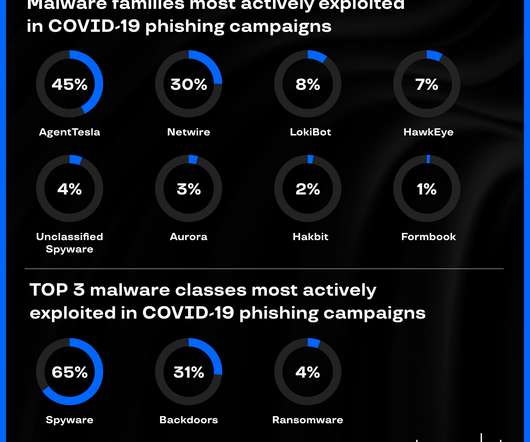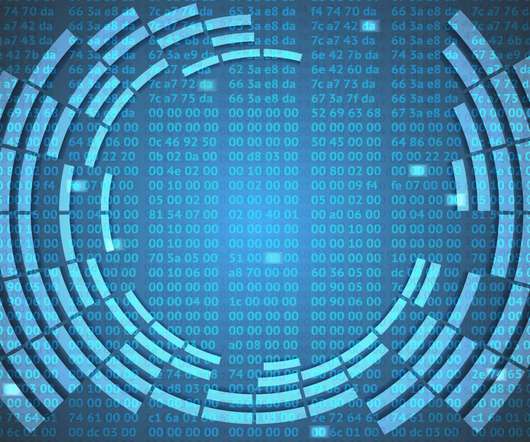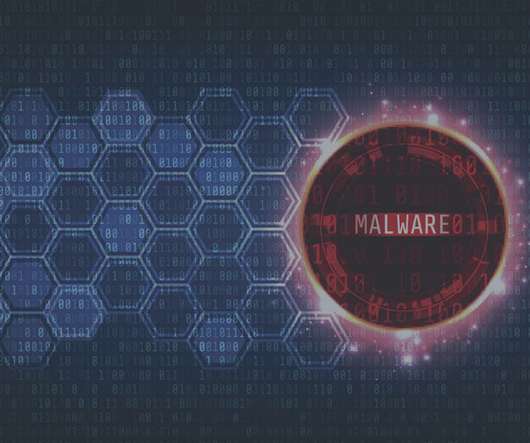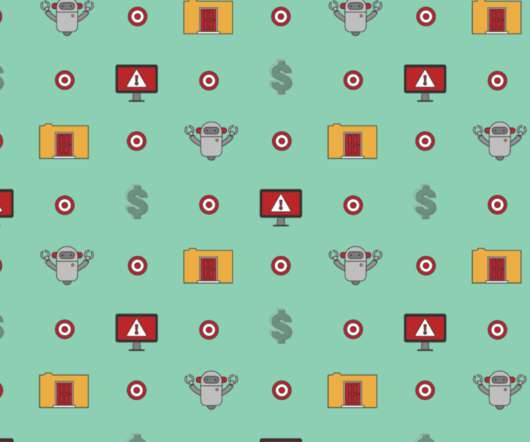2024 State of Cybersecurity: Reports of More Threats & Prioritization Issues
eSecurity Planet
MAY 2, 2024
Compromised Credentials Compromised identities from phishing, info stealers, keyloggers, and bad password habits provide the entry point for most ransomware attacks and data breaches. Sophos: Noted that 43% of all 2023 malware signature updates are for stealers, spyware, and keyloggers often used to steal credentials from devices.



























Let's personalize your content